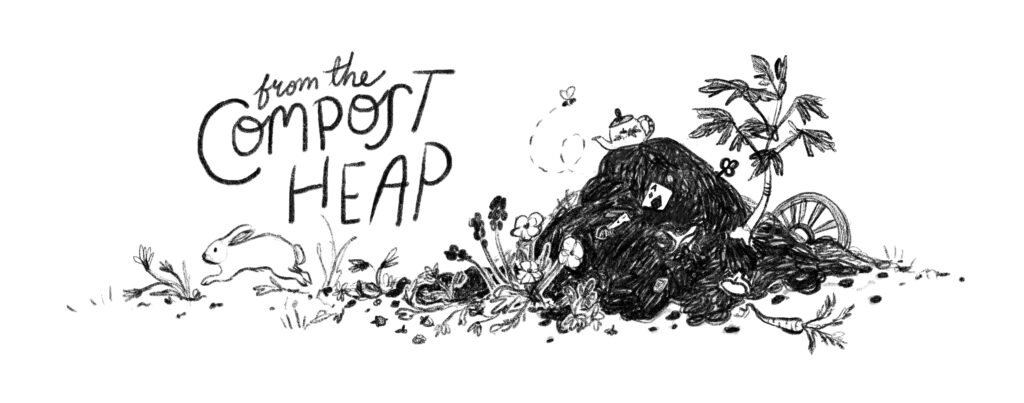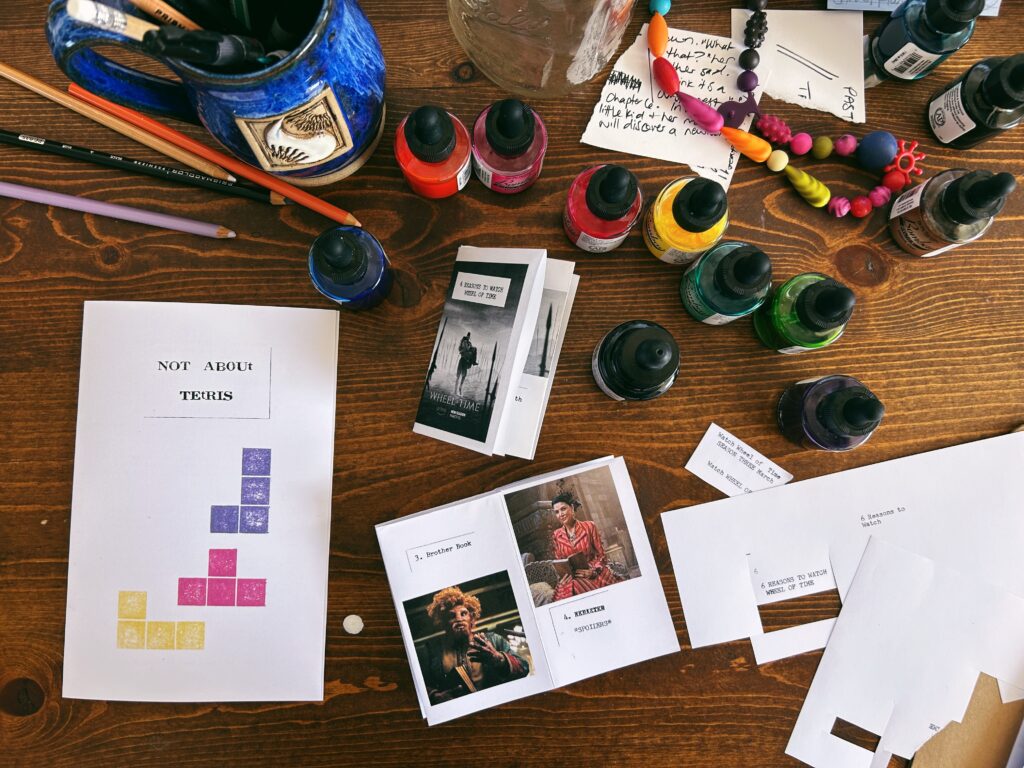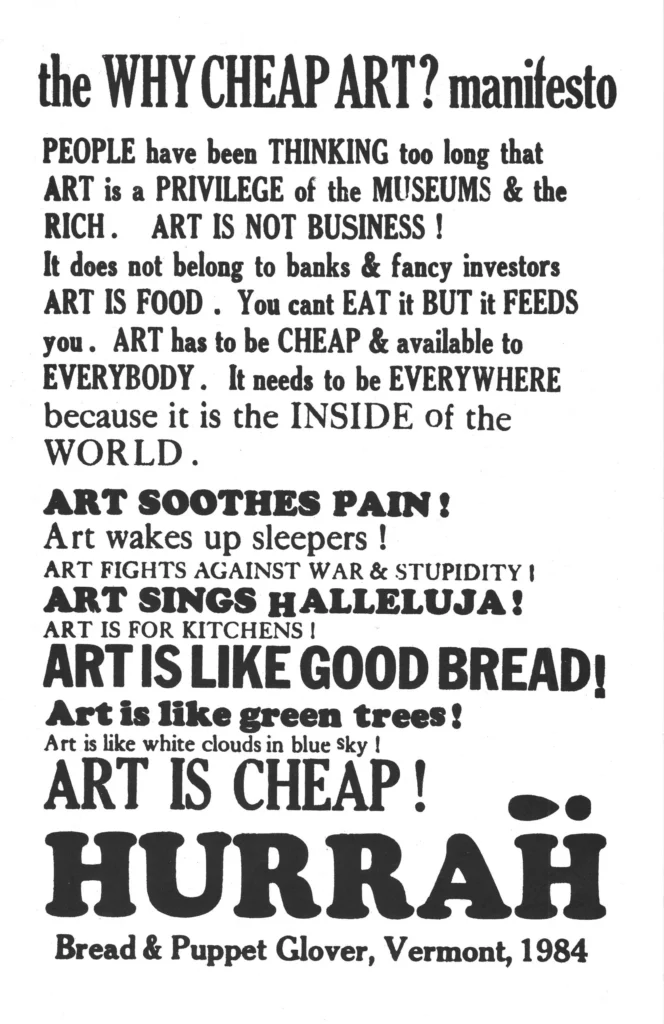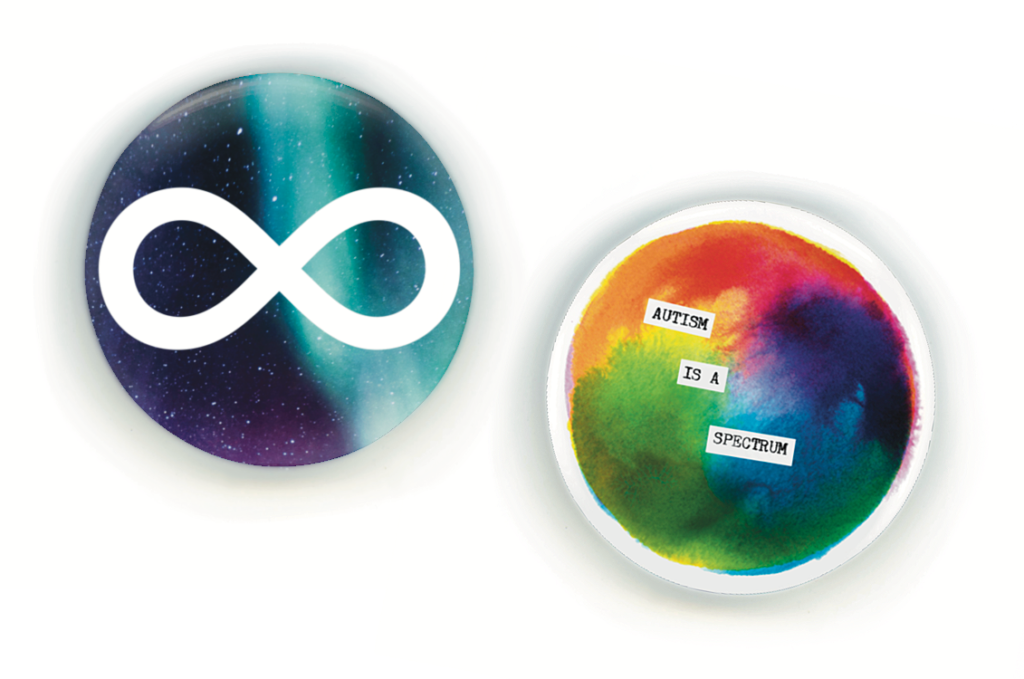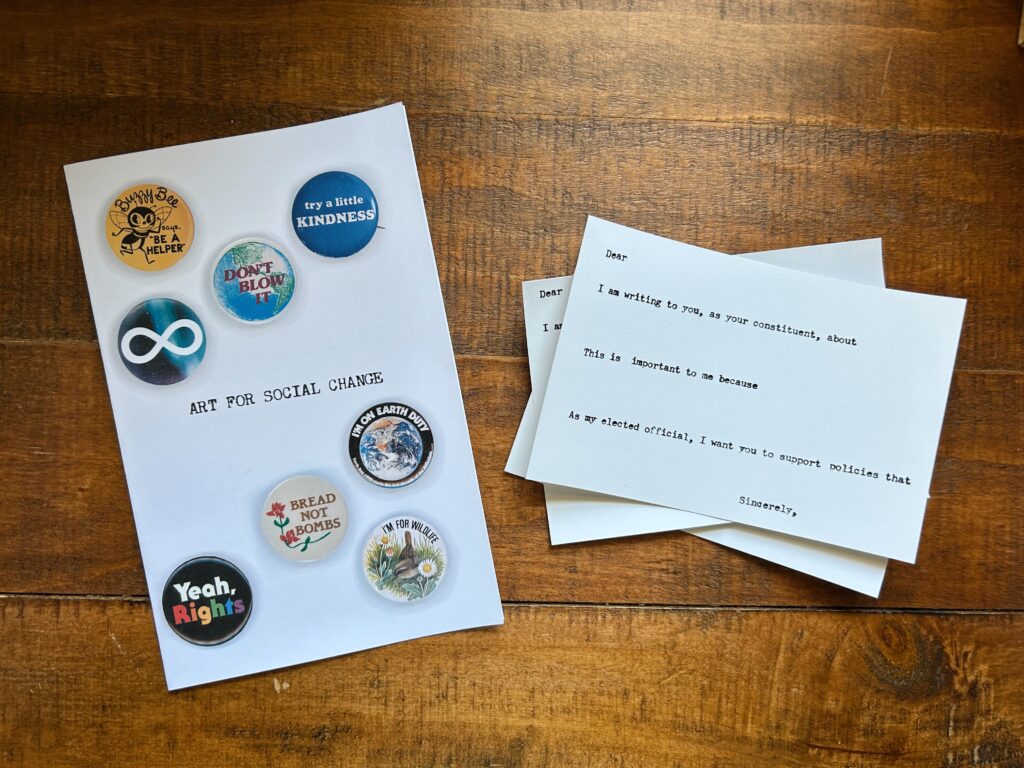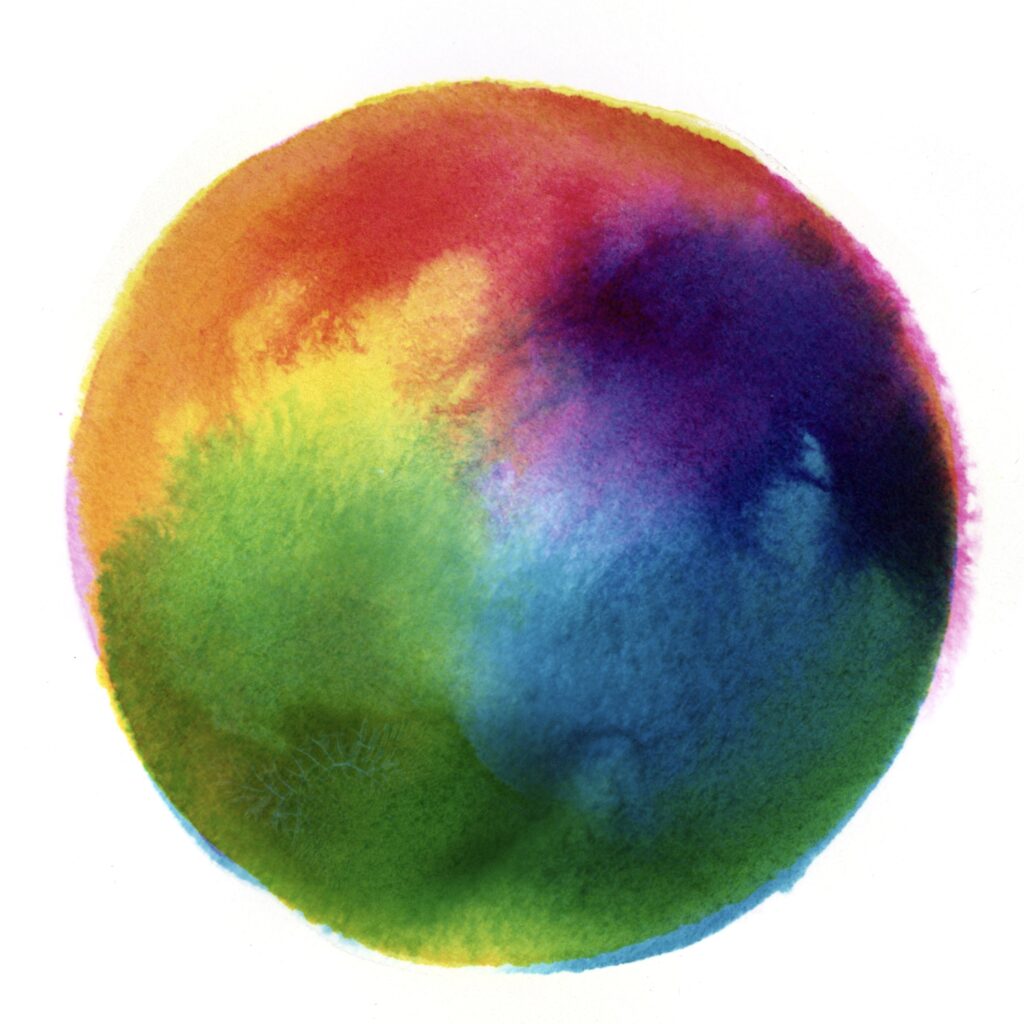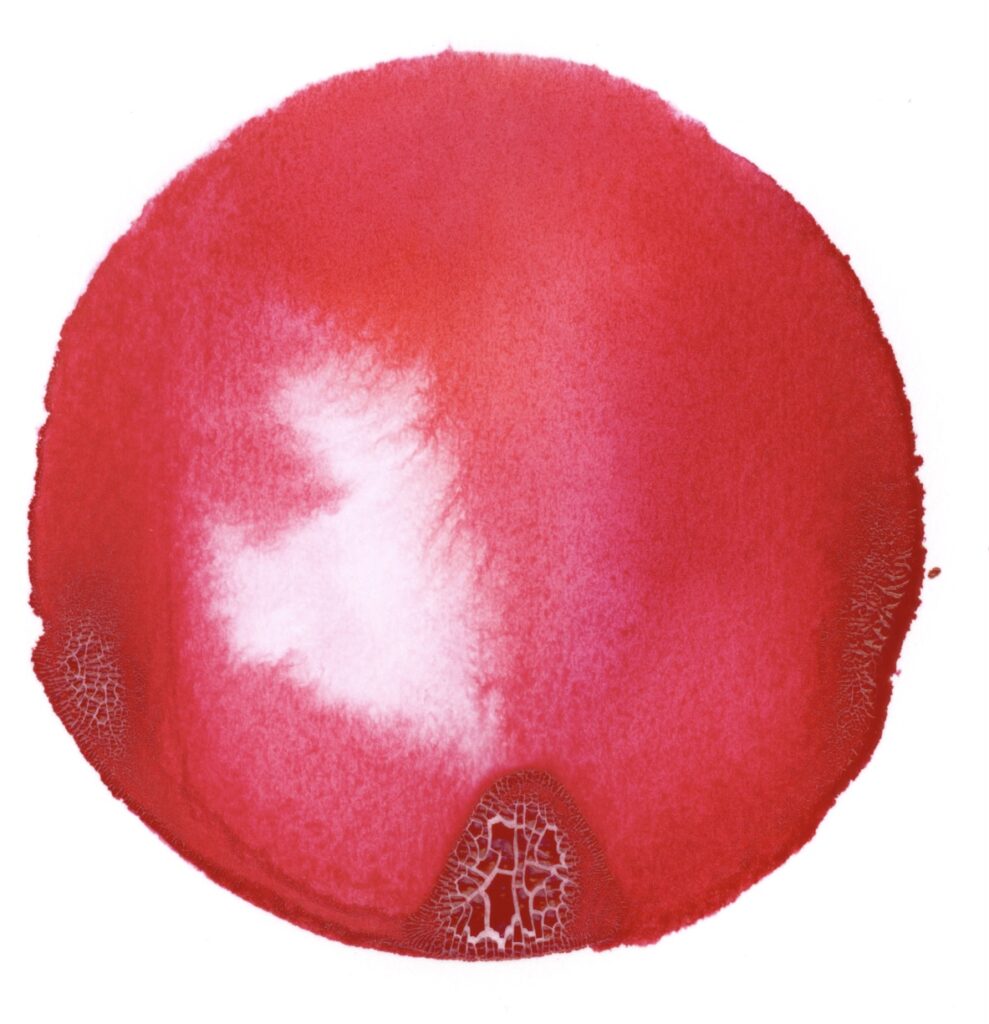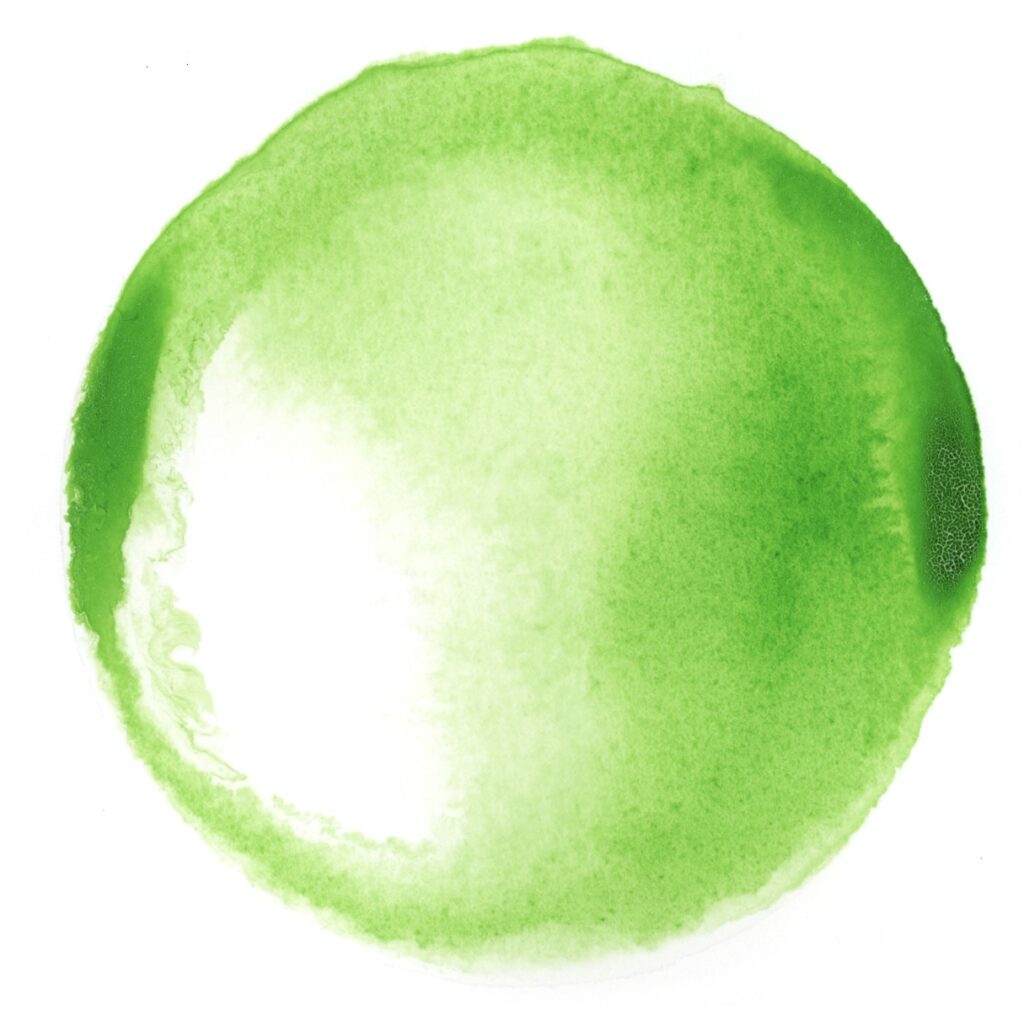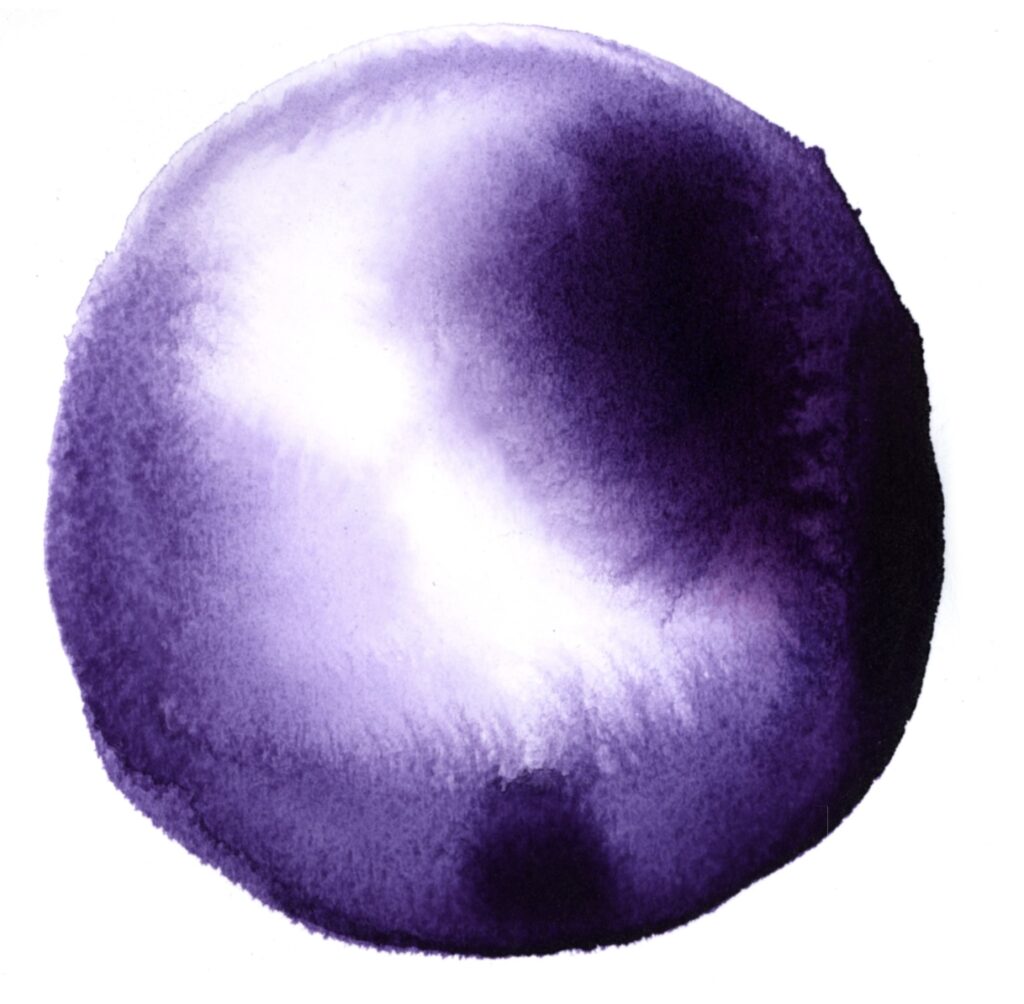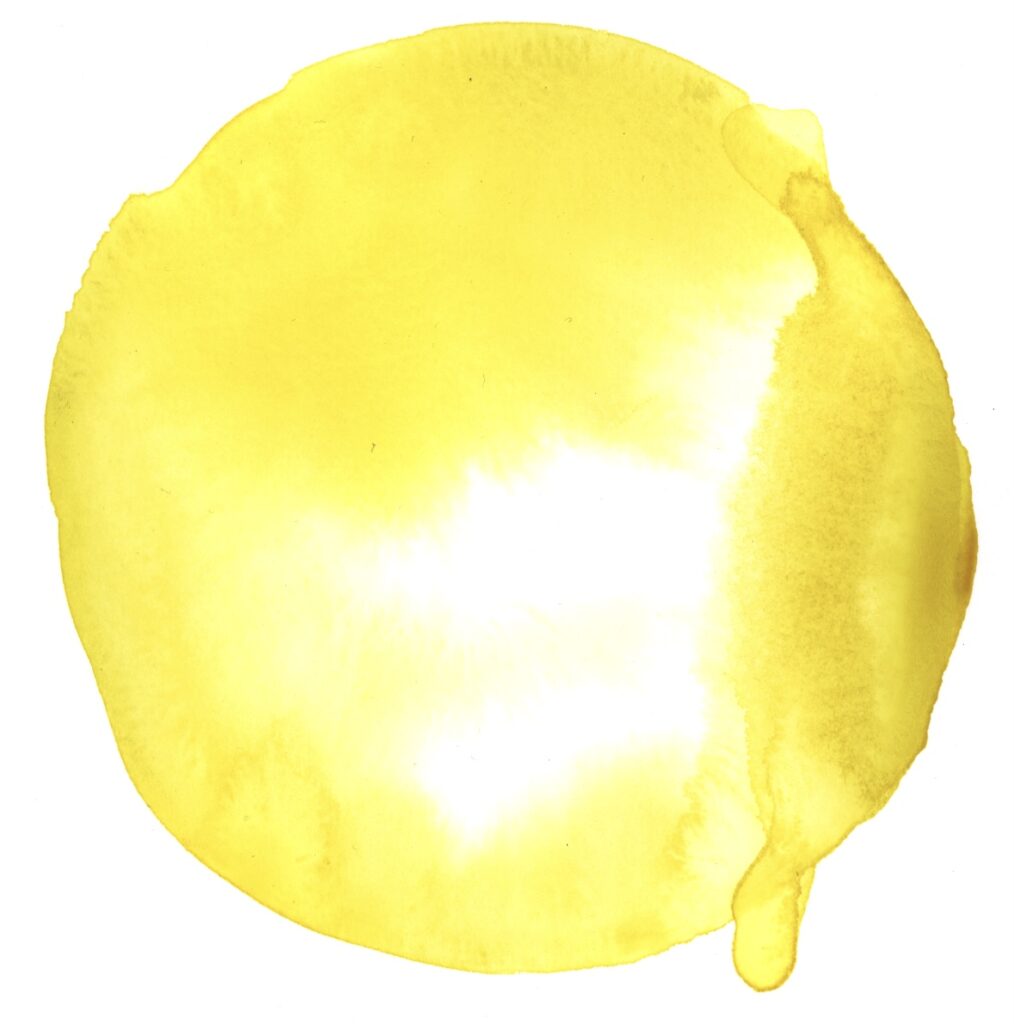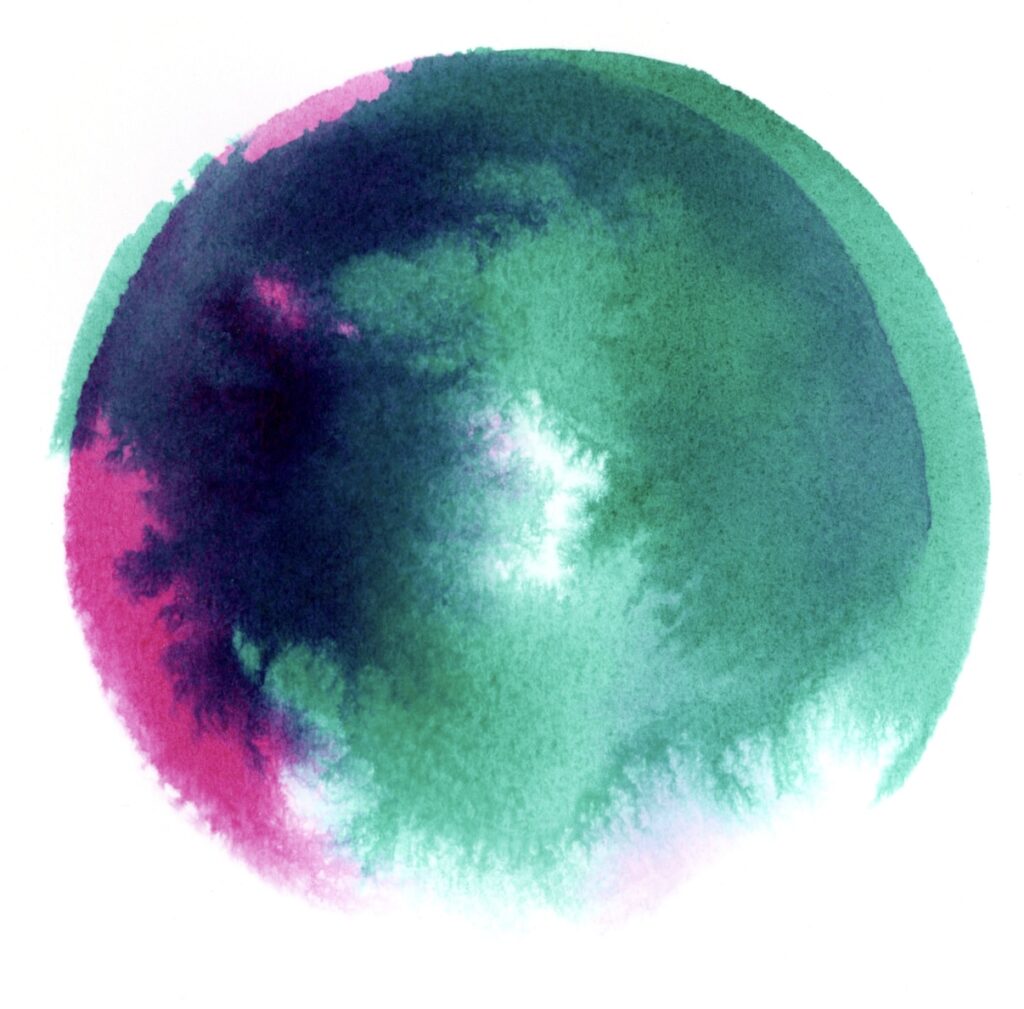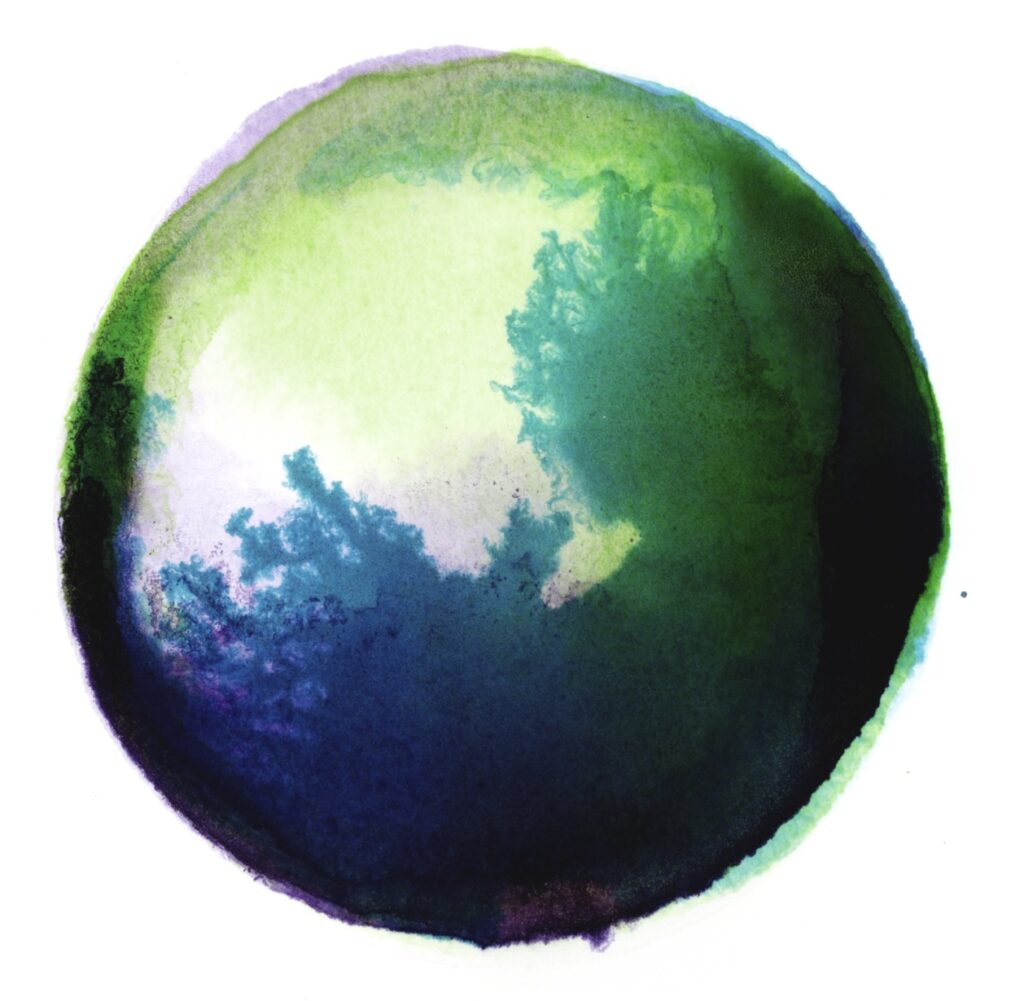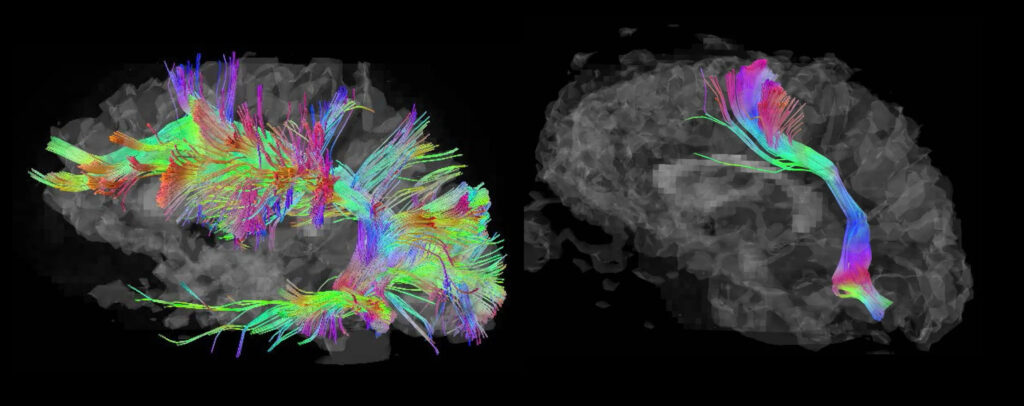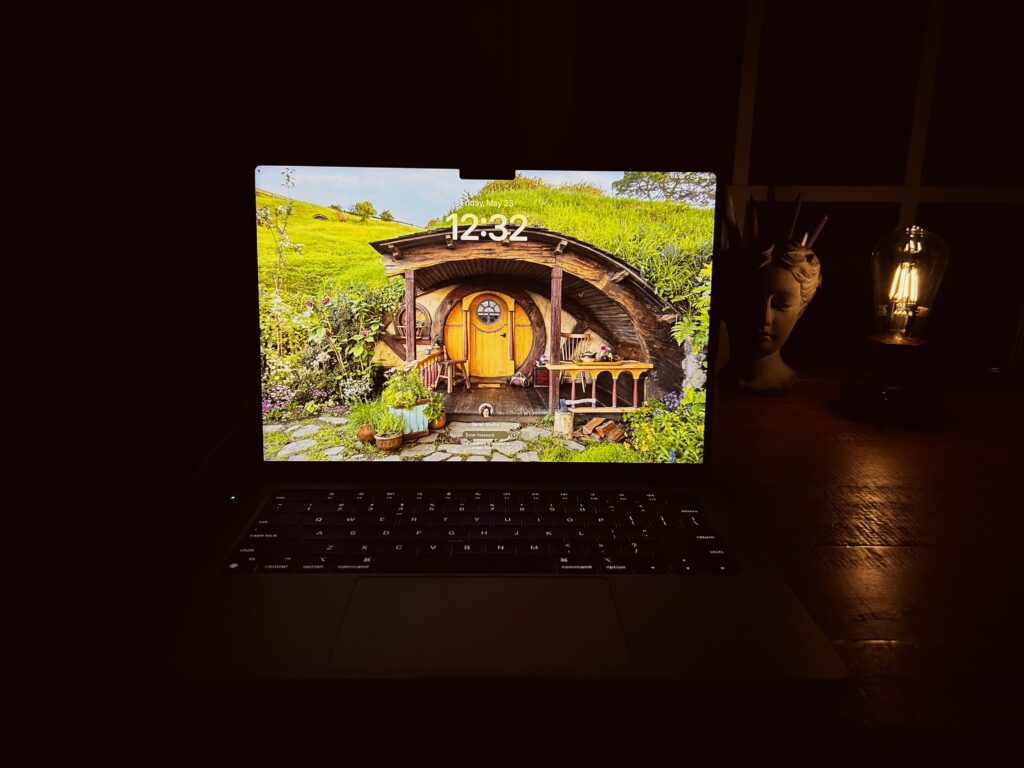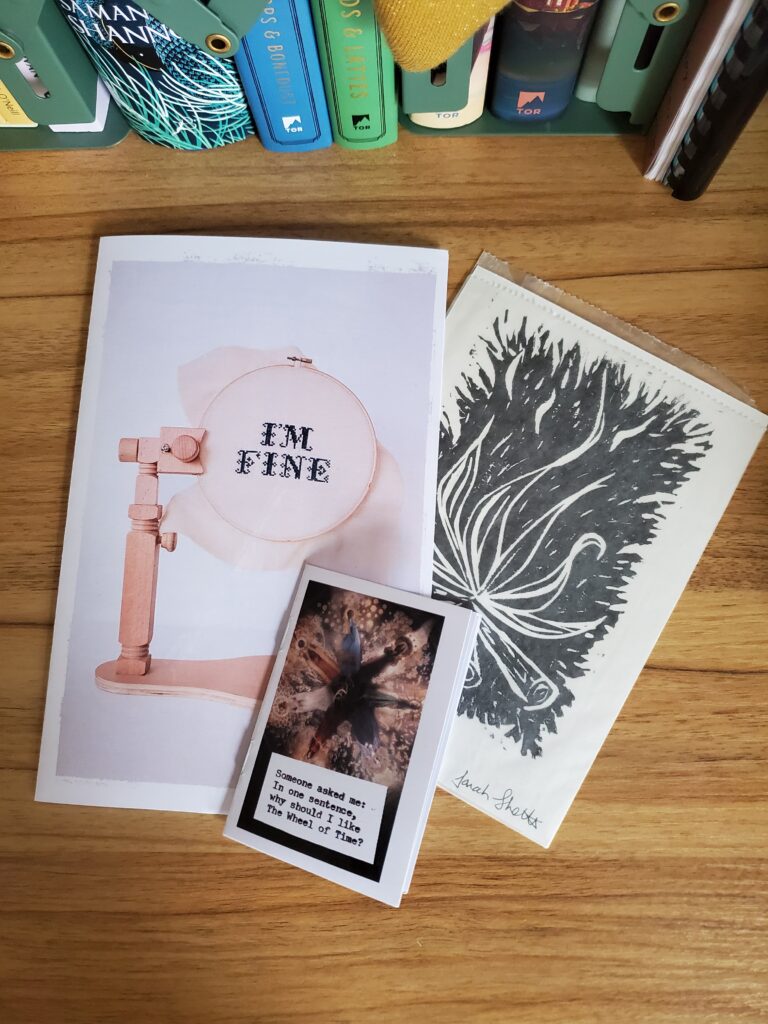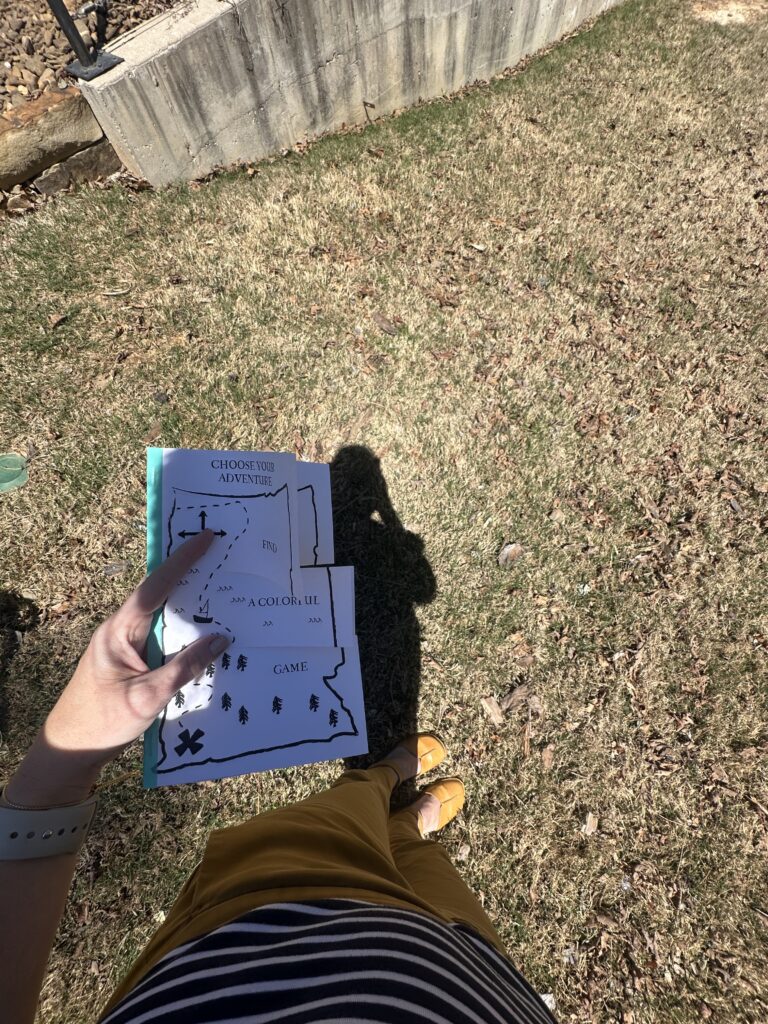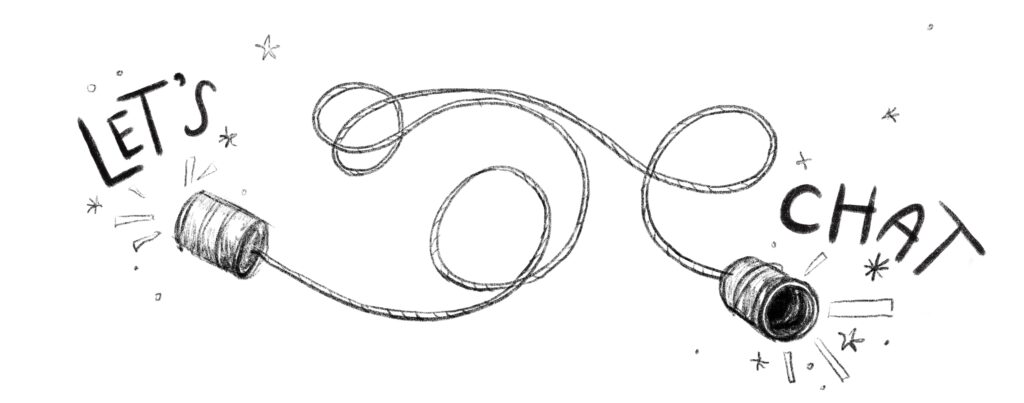Maker Fair Check In
Last weekend I ran a “Make a Zine” booth at the NWA Maker Faire.
I brought supplies to make zines and also had a display of zines and books for sale. Lots of kids made zines! Three teens. One friend I invited.
And one college student who made this zine. (I have permission to share.)
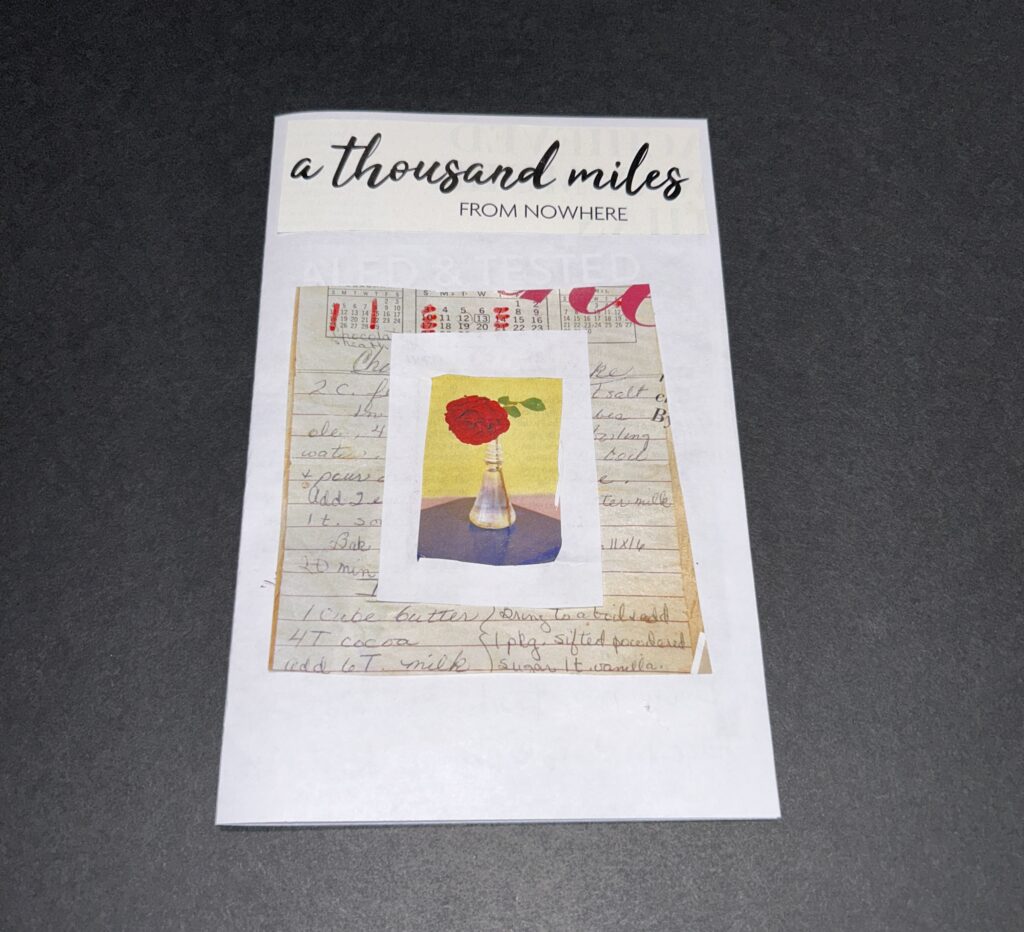
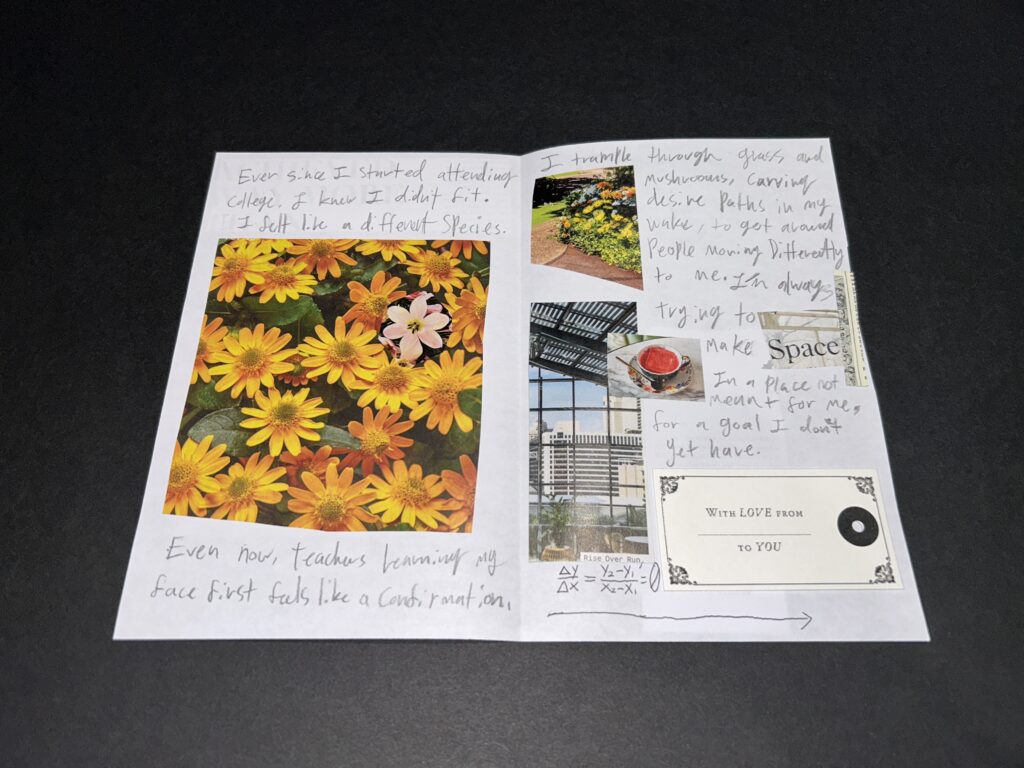
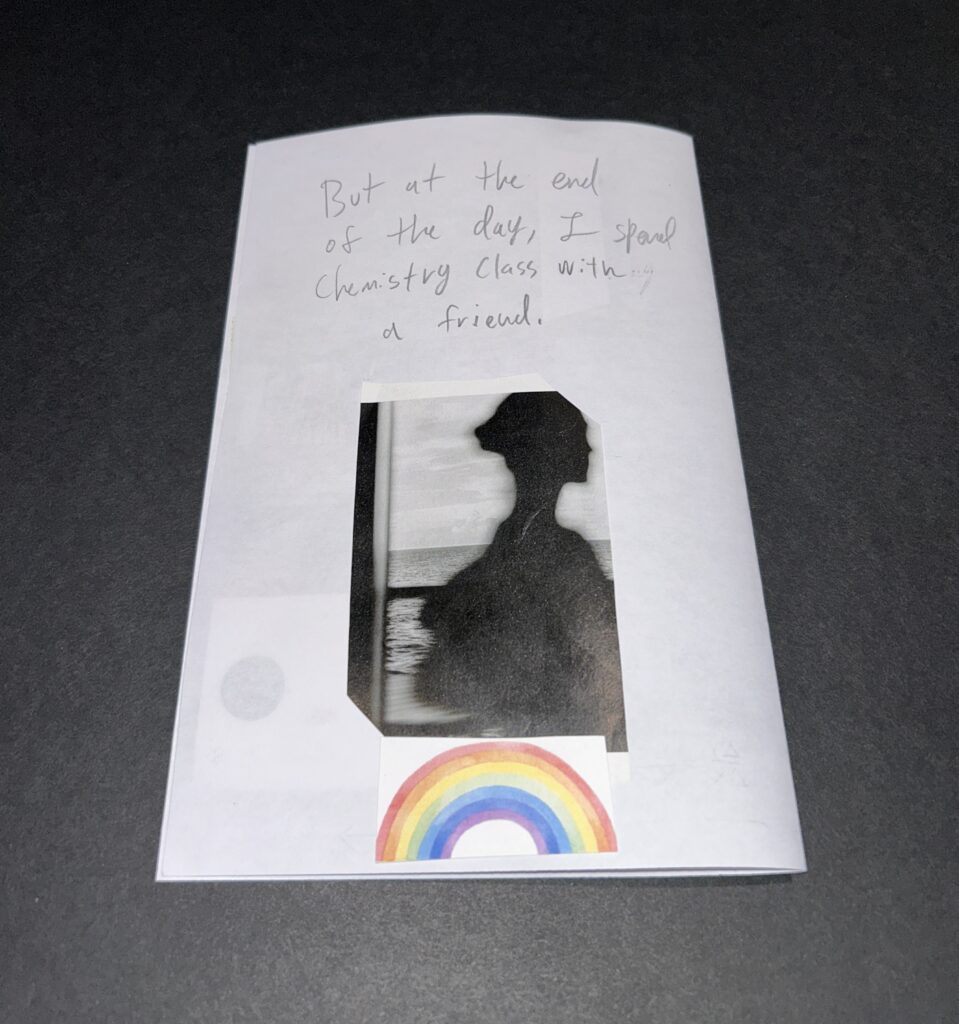
Thanks to everyone who dropped by my table.
The whole event was a great experience.
Full transparency: I didn’t make any money. I lost about $27 based on the table fee alone. But the money goes to a good cause. I’ll participate again next year.*
The Autism Spectrum
The zine that was picked up most often during the Maker Faire was my Spectrum zine about neurodivergence. While our goverment leaders are spreading such harmful misinformation about autism it feels more important than ever to do the opposite.
You can read (and share) the blog version of the zine here.
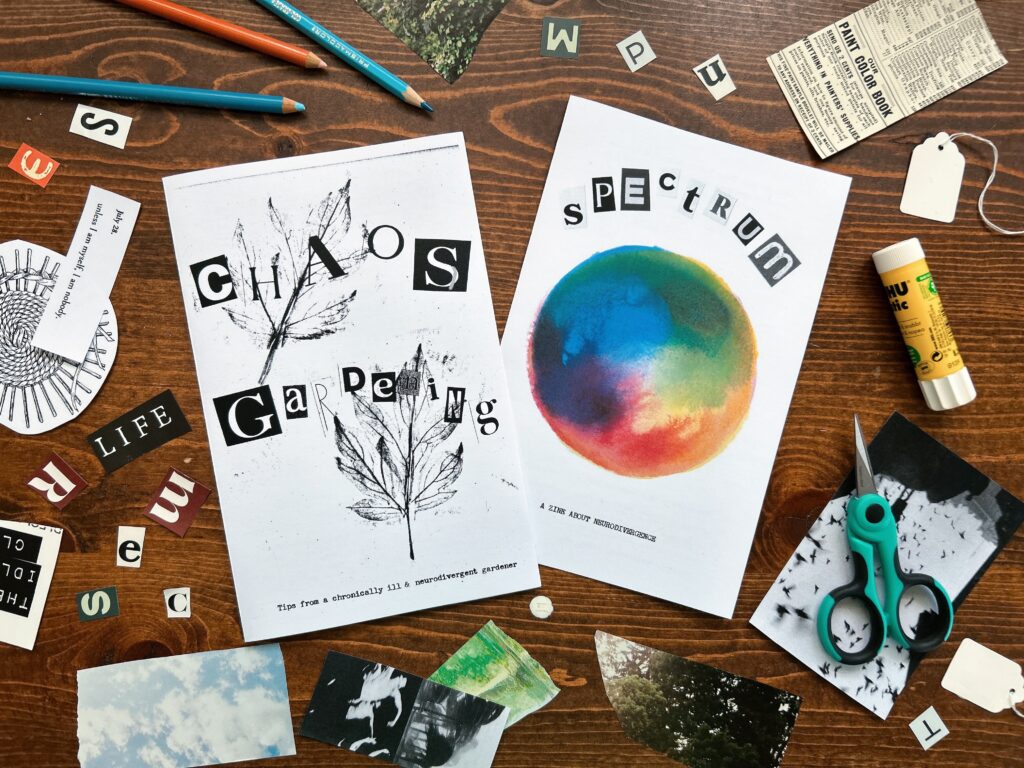
I have a few misprints of my Spectrum zine printed on the wrong paper. Completely readable, but the images bleed through more than I like.
If you would like to distribute Spectrum zines (either publicly or to friends and family) let me know and I’ll send you a stack of misprints for free.
You can also browse my library of resources for autism & neurodivergence.
Whatever our world leaders say we are NOT a horror show.
Our brains are sensitive, but powerful when given needed supports.
What is a zine?
I made a special zine for this event (and September’s zine subscribers) called “How to Make a Zine”.
And a brand new blog post called What is a Zine? where I share resources on making zines and a peek at my own zine collection.
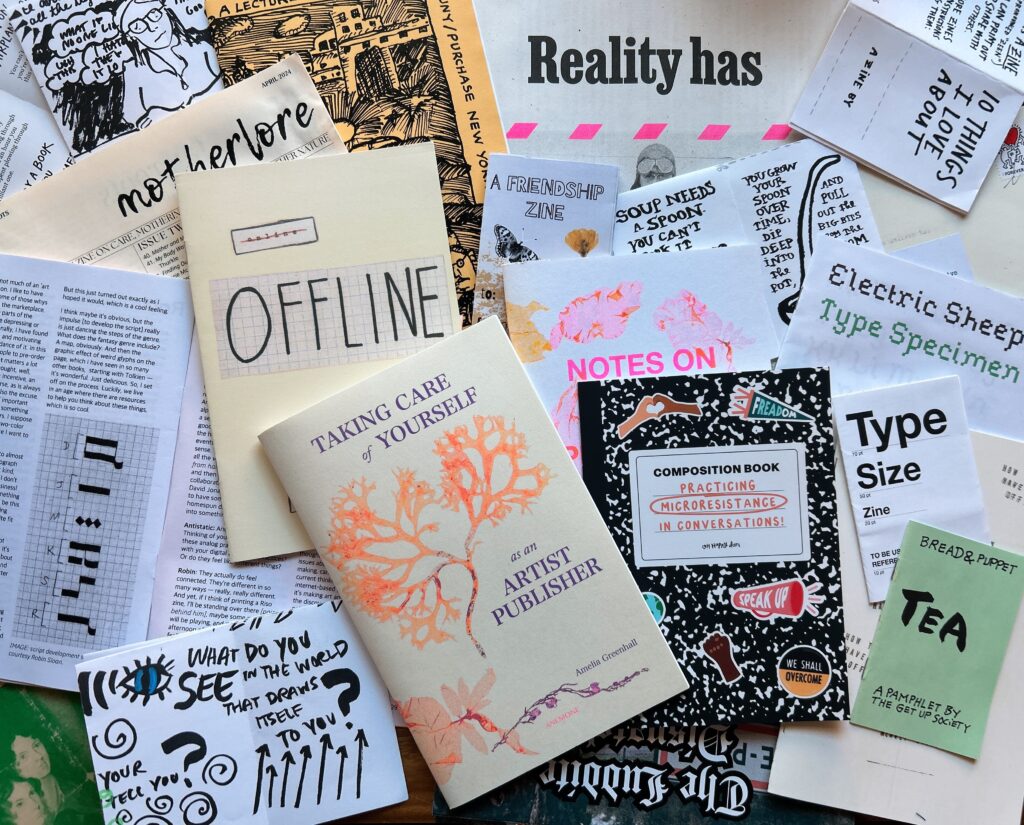
New paperbacks!
I’ve been working for months on a second edition of Discover Your Creative Ecosystem. And the Maker Faire moved up my timeline.
This second edition has minor edits (most notably an expanded section about purpose), my new headshot, updated bio, and they/them pronouns.
These paperbacks are printed by 48 Hour Books and live in my closet. They will each be packaged and mailed by me personally. So I’m happy to sign and personalize them if you like.
They are $15 – which is the lowest my book has ever been available for purchase.
Tap below to watch me flip through the spacious full color interior.
If you’ve bought the original edition I’ll be sending an ebook version of the updated text soon.
There was a printing issue with the hardcovers, but I should have those back in stock before the end of the month.
I’ll be updating Self Publishing 101 soon. I’ve nearly finished testing several Amazon alternatives. They all have pros and cons so which printer is best for your book depends on your goals and budget.
An invitation to draw together. 🍉
I’m sending this email earlier than usual because there’s an event this week I want you to know about. Hanna Keiner and Logan Juliano, PhD are hosting a meditative drawing livestream on Thursday, September 11 called Where Do You Draw the Line?
The event is free, but everyone will be invited to take action from my Palestine Advocacy page in lieu of payment. (There are many ways to make a difference even if you don’t have the budget to contribute financially.)
I’m really grateful for my advocacy library to be used in this way.
If you host a similar event or link to it please let me know.
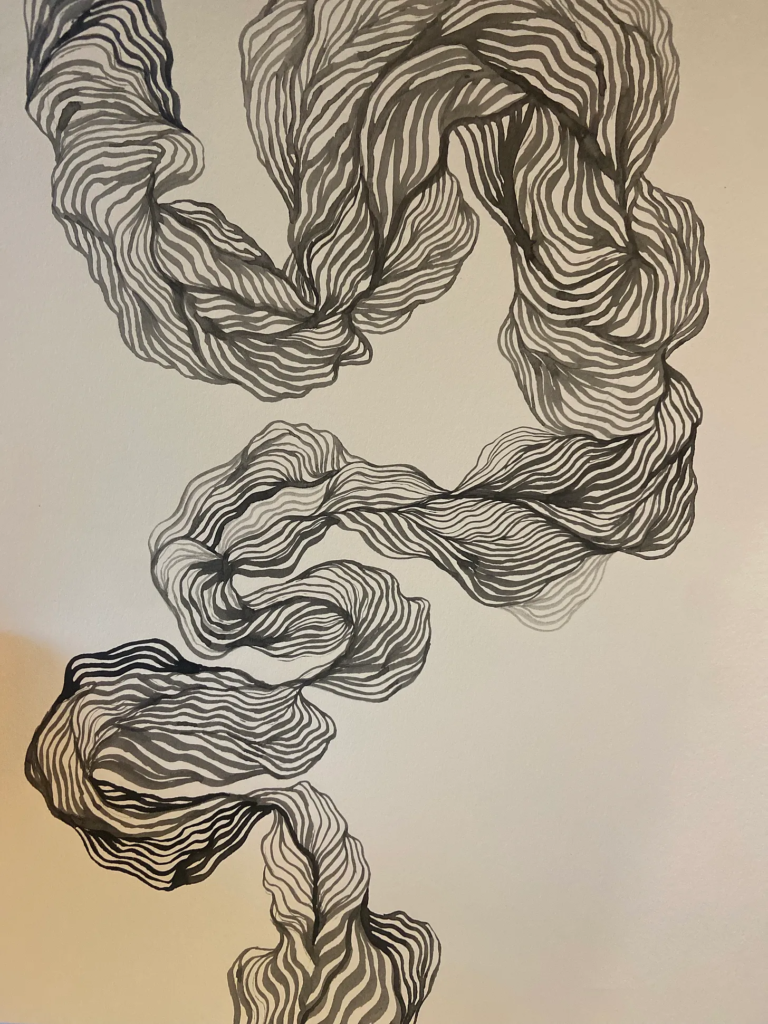
That’s all for this week.
Take care of yourselves. I appreciate you.
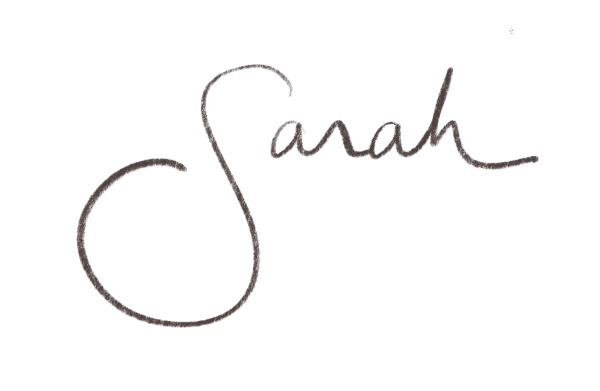
FOOTNOTES
* I enjoyed meeting the other vendors so much I’ve logged in to Instagram after 8 months off social media. I’d like to be able to more closely follow local events and those I met at NWA Maker Faire. This is a trial period to see if curation, boundaries, and tweaking advertisements can make it a more positive experience. I much prefer RSS, but when there is to RSS feed for certain groups and events I am just missing out.
